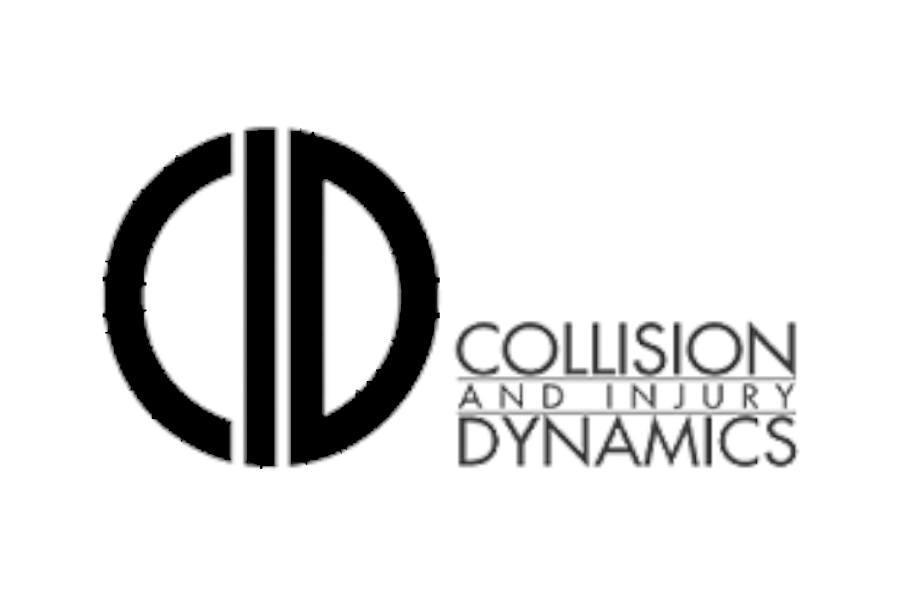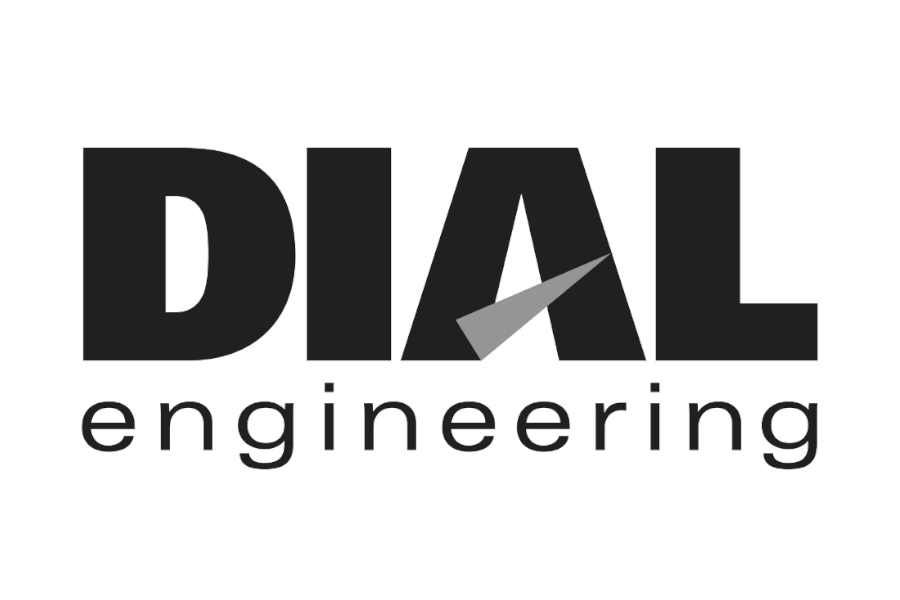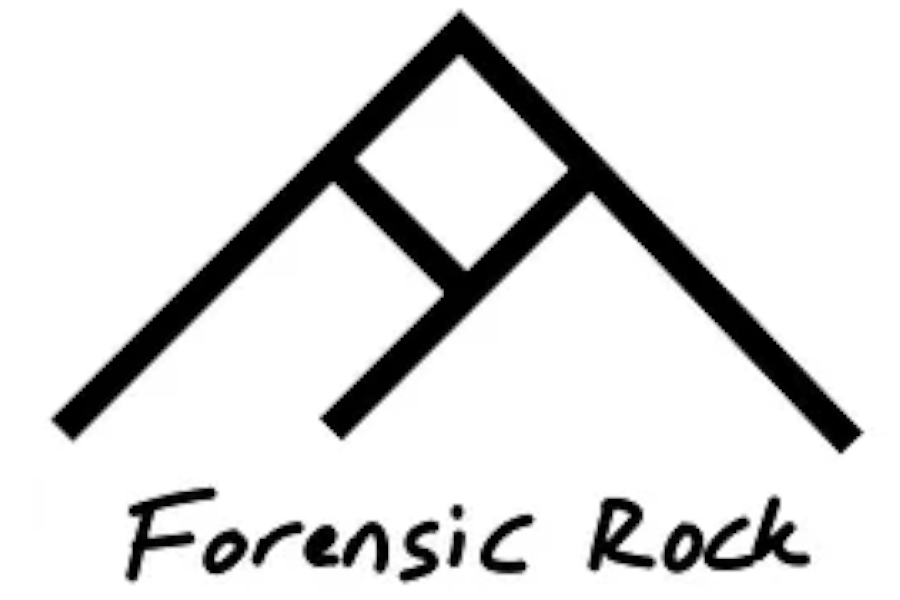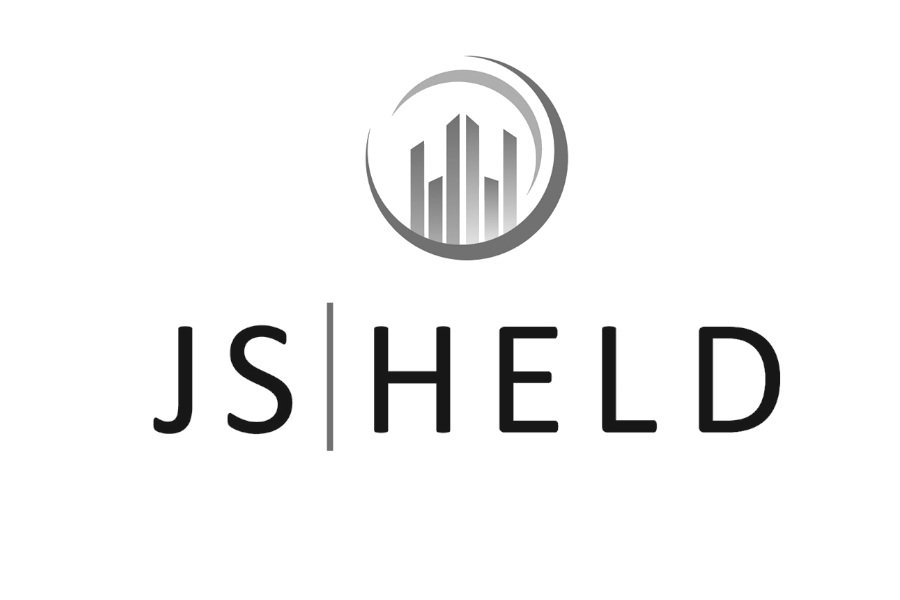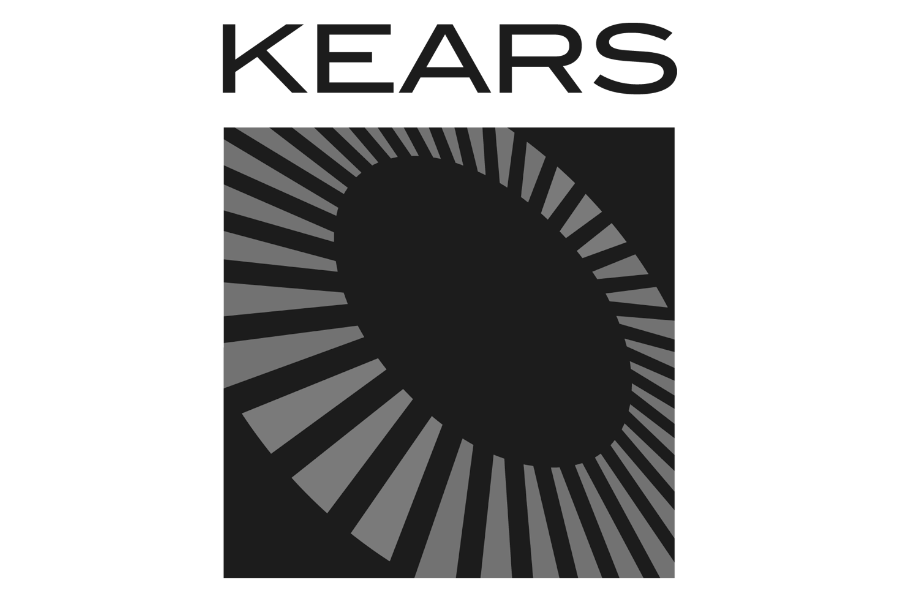Sent on january 19, 2024
The latest installment of ARJ provided us with some great new data about the accuracy of drone mapping and utilization of GCPs (ground control points). Thanks to drone master Andrew Thomas for the tip. Let’s dig in.
Accuracy of drone mapping vs. laser scan data
Gary Osterholt, Lindsay Oleson, Garrick Mitchell and Christopher Wood compared the accuracy of point clouds generated via drone/Pix4Dmapper to those generated with FAROs (S350 and X330), putting a particular eye on the effect of using GCPs, which were acquired using the Reach RS2+. Five sites with varying features and topography were measured, with 10 GCPs placed at 60-foot intervals. The resultant roadway data (environmental data was excluded) were then brought into CloudCompare for comparison. Figure 5 from the paper is shown below, displaying the absolute distance between the Pix4D and FARO clouds. If you’d like to read the whole paper, please refer to the latest ARJ (the full citation is below my signature).
Across all five sites where GCPs were employed, 38% of the Pix4D points were within 1 inch of the FARO data and 73% were within 3 inches. Without any reference, those numbers fell to 16% and 44%, respectively, showing the power of GCPs. However, I was still a bit surprised by the error.
Neal Carter et al.’s study on the topic yielded better results, granted the studied site was flat with lots of distinct features, which Osterholt et al. found led to better results. Specifically, using AeroPoints, Carter et al. found 86% of points were within 1 inch of the scan data and 99% of points were within 3 inches. Using the scan data itself for control, which is my current process, those numbers were reduced to 67% and 92%, respectively.
I hope having quick access to these results helps. Thanks to those mentioned above for busting their hump to capture this data and spread the word!
Lou Peck
Lightpoint | Axiom
Osterholt, G., Oleson, L., Mitchell, G., et al., "Accuracy of Aerial Photogrammetric Point Cloud Data Using Different Ground Control Point Configurations," Accident Reconstruction Journal 33(6):26-31, 2023.










